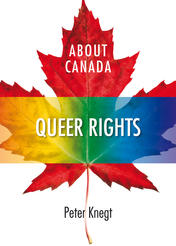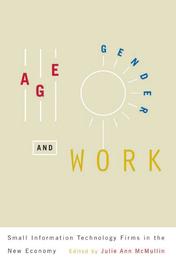Gender Studies




Asking the Right Questions 2
Talking about sexual orientation and gender identity in mental health, counselling and addiction settings
edition:eBook






